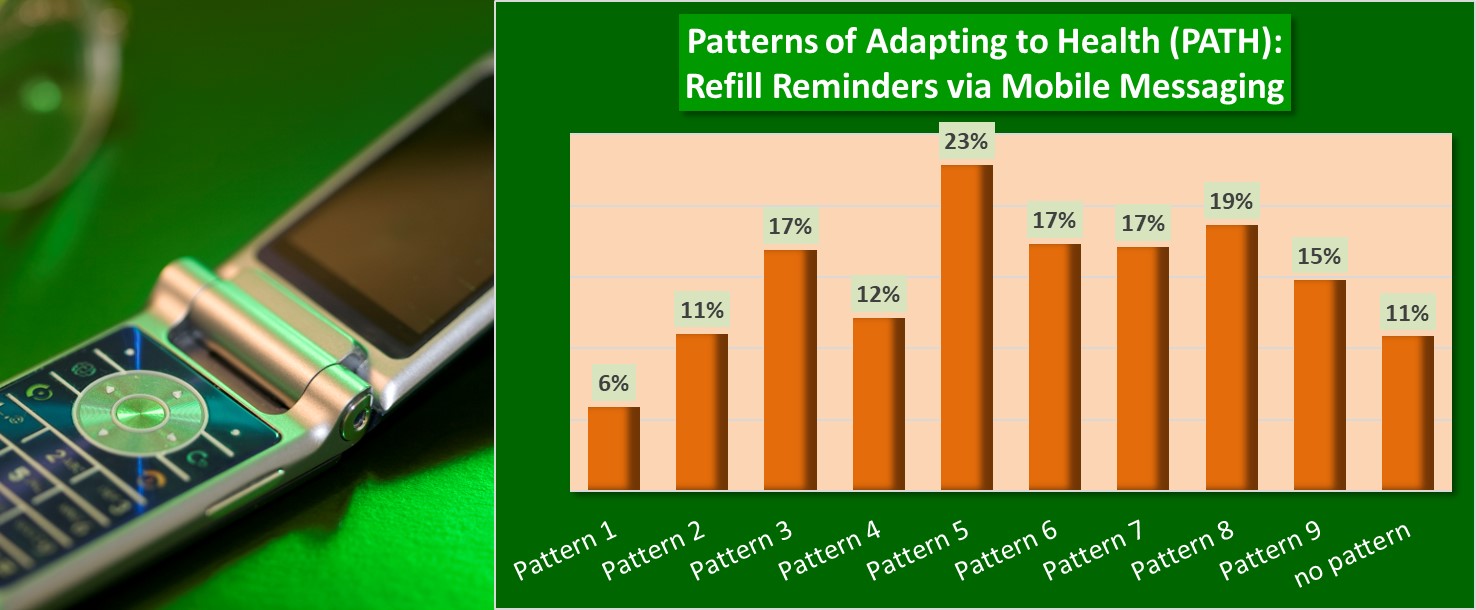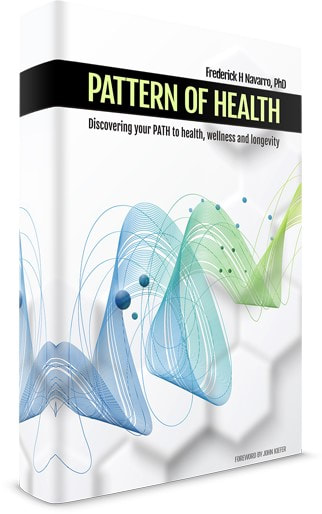|
The availability of smart phone apps to help patients stay adherent to prescription medications is a sign of the hope placed in these apps by both pharma and providers to keep patients on their medications. Yet, how many patients actually want to receive prescription reminders on their smart phones? A 2012 national survey of nearly 2,000 adults provided an answer. Among these adults, 17% responded "yes" to receiving prescription drug reminders on their smart phones. So, less than a fifth of adults would use such apps. But, that's not the end of the story. An adult’s dominant “pattern of adapting to health” was a factor shaping their interest in receiving prescription refill reminders sent to their mobile phone. As many as 23% of adults dominated by Pattern 5 expressed interest in getting such reminders. In contrast, adults dominated by Patterns 1 and 9 expressed the lowest interest at 6% and 11%, respectively. While mobile messaging reminders have been shown improve oral medication adherence, their usefulness as an adherence tool is relatively low based on patient interest, which is further likely to vary based on the dominant PATH of a patient.
0 Comments
|
AuthorFrederick H. Navarro, PhD. Archives
March 2019
Categories |
|
Copyright © 2017 PATH Institute
|
Website by RyTech, LLC
|


 RSS Feed
RSS Feed

